Retinoblastoma in Children: Early Detection and Treatment
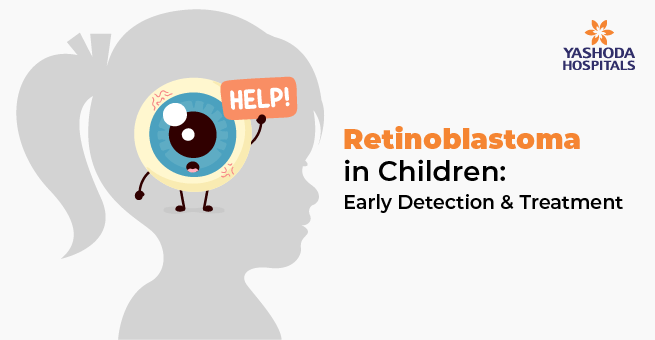
Heart disease is now a serious worry for younger individuals as well, with more cardiac-related deaths happening in people under the age of 50. Therefore, it is vital to comprehend the causes of the rise in heart illness in this age group as well as the specific cardiac issues that are plaguing them.
What is Retinoblastoma?
Retinoblastoma, a rare yet severe type of eye cancer, often goes unnoticed by the public, leading to delayed diagnosis and hindering timely treatment. Retinoblastoma originates in the retina (the light-sensitive tissue at the back of the eye) which predominantly affects children, with the average age of diagnosis being 18 months to under 5. Retinoblastoma can develop in one eye (unilateral) or both eyes (bilateral).
Causes of Retinoblastoma
A critical factor in retinoblastoma development is a mutation in the RB1 gene, which is a tumor suppressor gene responsible for controlling cell growth. This mutation leads to uncontrolled cell growth in the retina, ultimately forming a tumor. Approximately 40% of cases involve hereditary retinoblastoma, where the child inherits the RB1 mutation from a parent. These hereditary cases often result in tumors in both eyes and an increased risk of developing other cancers later in life.
In contrast, around 60% of retinoblastoma cases are non-heritable, meaning the mutation occurs spontaneously. In non-heritable cases, the risk of the child’s offspring or siblings developing retinoblastoma is relatively low at 1%.

Do you know about Retinoblastoma, the rare eye cancer that mainly affects kids?
Symptoms of Retinoblastoma
Recognizing the symptoms of retinoblastoma is crucial for early diagnosis and treatment. Common symptoms include:
- White reflex in the eye: Often described as a “cat’s eye” or “white pupil” in flash photographs.
- Low to poor vision: Children may exhibit visual impairments or squinting.
- Constant redness and swelling of the eye: Persistent irritation or redness in the eye.
- Misaligned eyes: Crossed or wandering eyes.
Less common signs and symptoms: Vision problems, Eye pain, Bleeding in the front part of the eye, Bulging of the eye, Pupil not shrinking in bright light, Irises (the colored part of the eye) having different colors.
Signs and symptoms if the cancer spreads outside the eye: Loss of appetite and weight loss, Headache, Vomiting, Lumps under the skin in the neck

Staging and Prognosis
The staging of retinoblastoma depends on the extent of the disease at the time of diagnosis. If the cancer is confined to the eye (intraocular retinoblastoma), the prognosis is generally excellent, with an overall survival rate of more than 95%. However, if the disease has spread outside the eye (extraocular retinoblastoma) or bilateral, the outcome is less favorable, and the risk of cancer developing in other parts of the body later in life increases.
Treatment Options
Treatment for retinoblastoma aims to eliminate the cancer while preserving vision whenever possible. The choice of treatment depends on the extent of the disease and the child’s vision. Here are some common treatment options:
- Focal Therapy: Tumors located away from critical areas of the eye can be treated. Small tumors are typically treated with laser therapy, while larger tumors may necessitate a combination of cryotherapy and chemotherapy.
- Chemotherapy: Larger intraocular tumors may require chemotherapy, administered through veins, followed by focal therapy or radiotherapy.
- Radiotherapy: Radiotherapy can be delivered using various methods, including plaque brachytherapy (close contact with the tumor) or external beam therapy (from a distance).
- Enucleation: In cases with intraocular tumors with small, large or no vision, surgical removal of the eye (enucleation) is necessary.
- High-Dose Chemotherapy: Extraocular retinoblastoma often involves high-dose chemotherapy followed by complete removal of the eye (exenteration) and radiotherapy.
In some cases, intra-arterial chemotherapy, delivered directly into the artery supplying the eye, can be highly effective.
Side Effects and Precautions
Treatment for retinoblastoma may lead to various side effects, including changes in vision, reduced blood counts, and a lowered immune system. It is crucial to take precautions to avoid infections. Rarely, chemotherapy can lead to second malignancies many years after treatment. Radiation therapy can cause cataracts, dry eye, conjunctivitis, and eye or facial deformities. Modern radiation delivery methods have significantly reduced these risks, but second malignancies remain a possibility in the long term.
Let’s preserve a child’s vision and overall health

Lack of awareness often results in parents seeking medical help only when they notice glaring abnormalities like the “white reflex” in the eye or eye misalignment. These symptoms can easily go unnoticed, especially in infants and very young children, leading to delayed diagnosis. The absence of regular screenings, particularly shortly after birth, further contributes to this delay.
Increased awareness about the causes, symptoms, and treatment options for retinoblastoma is essential for early diagnosis and successful management. Parents and healthcare providers should work together to ensure that potential symptoms are detected and treated promptly, offering the best chance for a favorable outcome.
References:
- Retinoblastoma Treatment https://www.cancer.gov/types/retinoblastoma/patient/retinoblastoma-treatment-pdq
- Retinoblastoma Early Detection, Diagnosis, and Staging https://www.cancer.org/content/dam/CRC/PDF/Public/8800.00.pdf
- Detecting retinoblastoma https://www.ncbi.nlm.nih.gov/pmc/articles/PMC5998392/
- Retinoblastoma (Cancer of the Eye) https://my.clevelandclinic.org/health/diseases/10706-retinoblastoma-cancer-of-the-eye
- Retinoblastoma https://www.mayoclinic.org/diseases-conditions/retinoblastoma/symptoms-causes/syc-20351008
- Retinoblastoma: Children https://www.nhsinform.scot/illnesses-and-conditions/cancer/cancer-types-in-children/retinoblastoma-children
- Together we will beat cancer-Retinoblastoma https://www.cancerresearchuk.org/about-cancer/childrens-cancer/eye-cancer-retinoblastoma/about
- Retinoblastoma: Treatment options https://medical-dictionary.thefreedictionary.com/retinoblastoma
About Author –





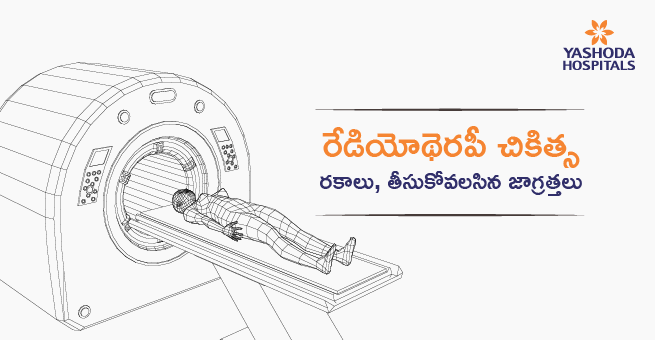
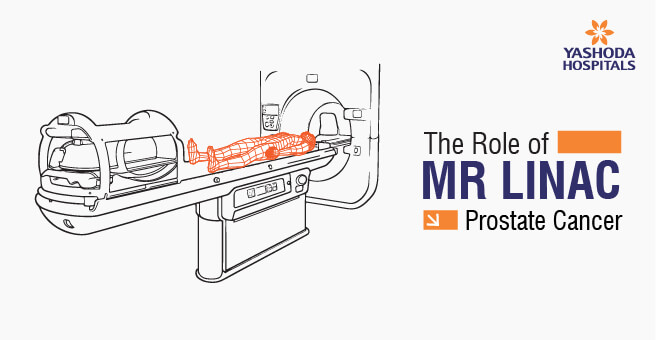
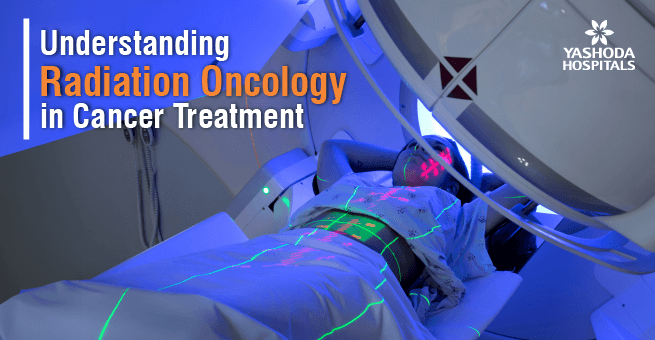

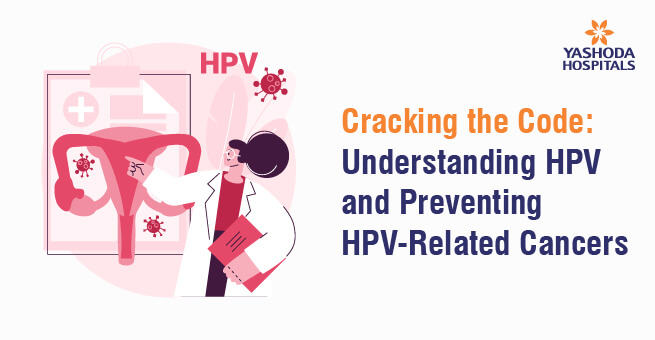
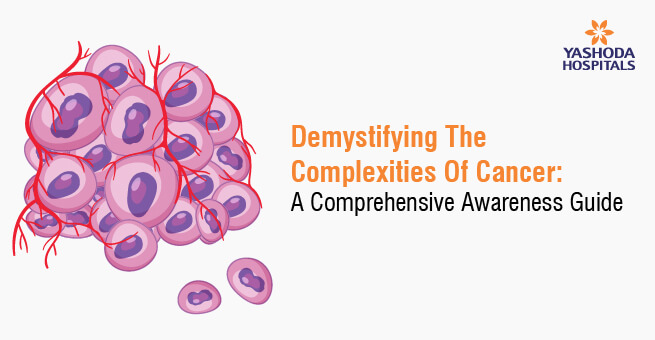


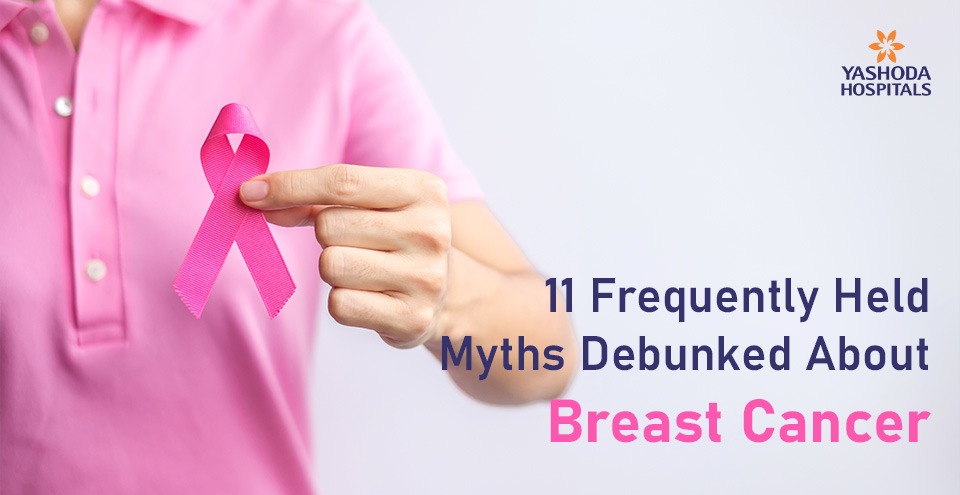
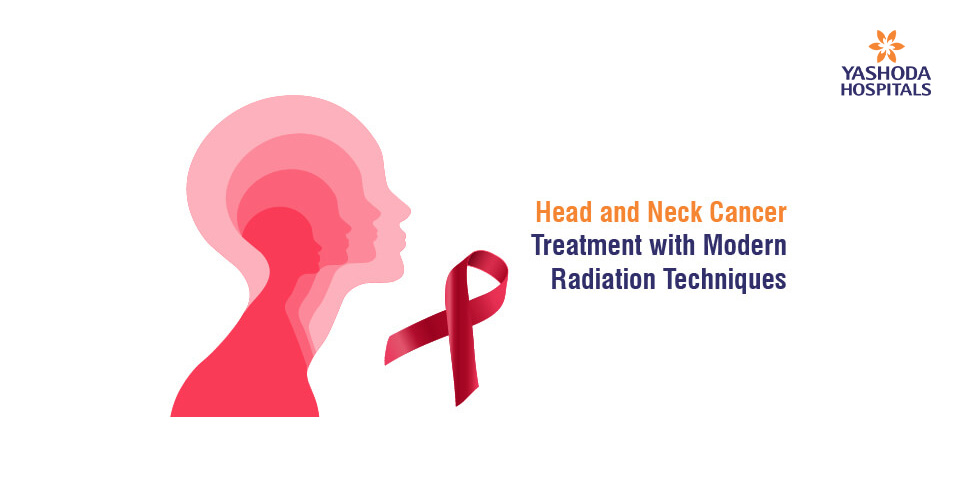
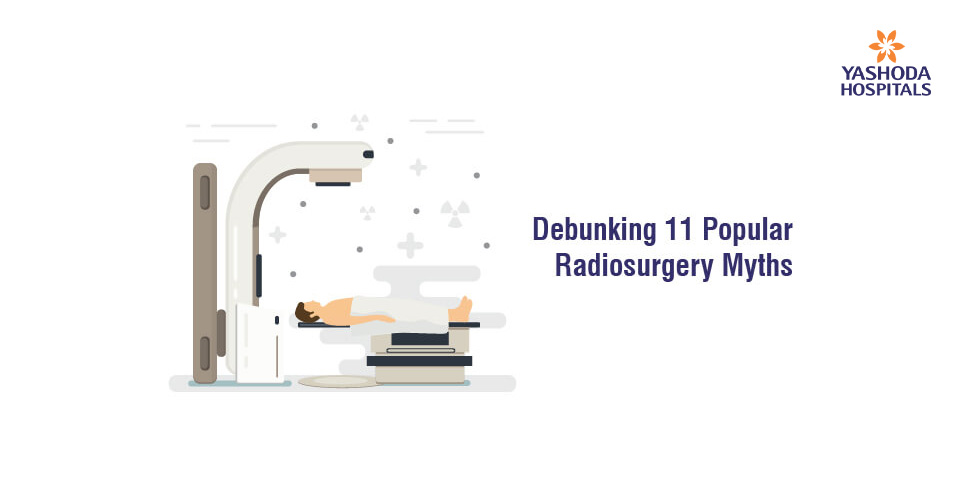





 Appointment
Appointment WhatsApp
WhatsApp Call
Call More
More